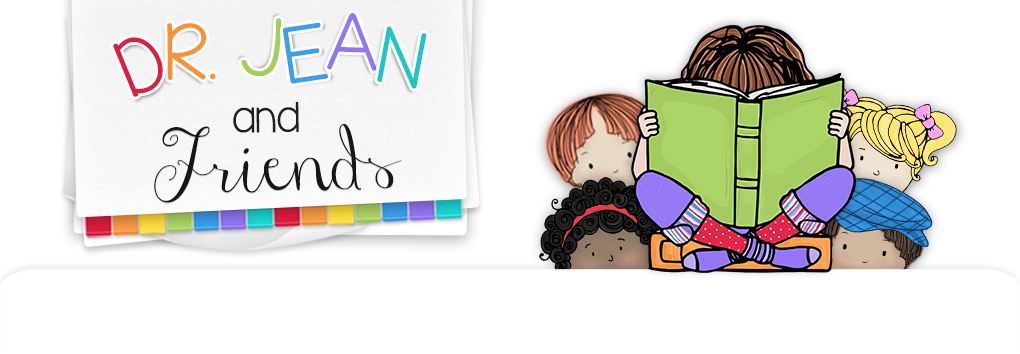Don’t you love it when you find an extra $20 in a pants pocket or some old thing in your closet that’s back in style? Beverly Free of Ponchatoula, LA, told me this story years ago, but I recently found it in an old handbook. It’s a cute way to help your students remember the long and short vowel sounds.
Grandma got tired of using their long sounds so she made up short sounds – or nicknames - for each of her grandchildren.
A’s long sound was /A/, but A didn’t like too talk much. When A wanted something, A would just point and say /a/a/. So grandma nicknamed A the short sound /a/.
E’s long sound was /E/. E didn’t listen very well to grandma. When grandma told E to do something, E would say /e/e/. So grandma nicknamed E the short sound /e/.
I’s long sound was /I/. I liked to fish, and when I put the worms on the hook I would say, /i/i/. So grandma nicknamed I the short sound /i/.
O’s long sound was /O/. O loved grandma’s cookies and would say, /o/o/, as she pulled them out of the oven. So grandma nicknamed O the short sound /o/.
U’s long sound was /U/. U couldn’t remember things very well. When grandma asked U a question, U would say /u/u/. That’s why grandma nicknamed U the short sound /u/.
Now I’ll say the vowel’s long sound, and you see if you can remember their short sound: A -/a/, E - /e/, I - /i/, O - /o/, U - /u/.
They also had some cousins – y and w, but I’ll tell you about them another day.
*Wouldn’t it be effective to have vowel sticks to hold up as you introduced the different letters and their sounds? (I just glued magnetic letters to jumbo craft sticks to make my vowel sticks. Children could make their own individual vowel sticks with sticky dots and popsicle sticks.)

*Have children draw pictures of what they think the vowel children looked like. First, have them write the letters A, E, I, O, and U on their paper. Can they turn them into little cartoon characters?


